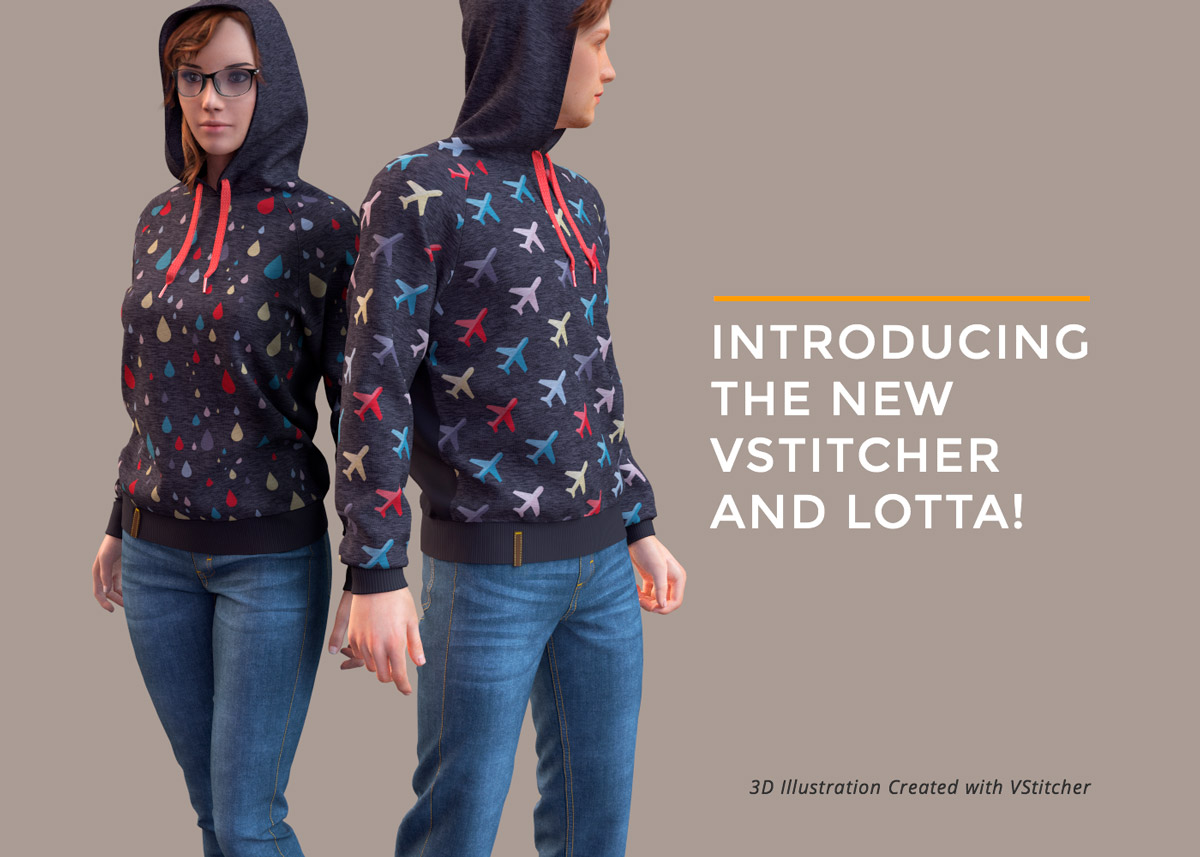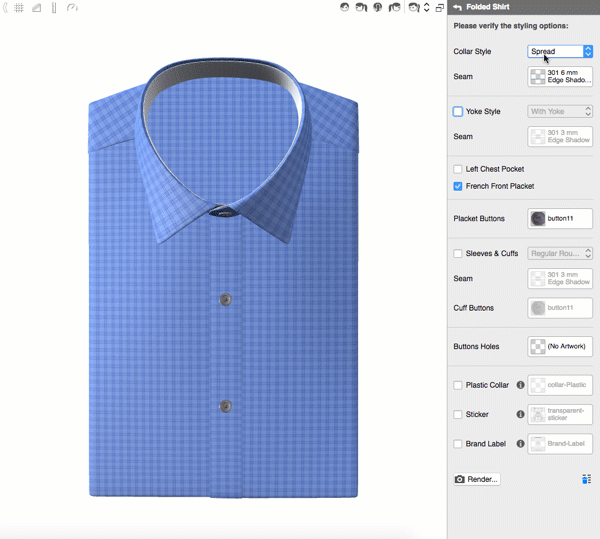What is 3D Fashion Design and How Does it Shape Fashion's Future?
Discover how 3D fashion design transforms the industry with enhanced sustainability, efficiency, fit accuracy, customization, and innovation.

The Browzwear team has been working hard to improve your user experience and we’re pleased to announce the release of VStitcher 7.8 and Lotta 3.8. We added several new features and improvements that we know you will enjoy.
Some of the most exciting new additions include:
With this release, VStitcher introduces the very first 3D solution for complex multi-layer materials. Simply define a group of fabric or seam layers and from then on, you can manipulate the group just like a single material or edit each layer separately. You can create complex textures that are even more true-to-life, like a melange fabric or the inseam on a pair of jeans. With multi-layer materials, designing in 3D is faster and more flexible than ever before. 
Vstitcher and Lotta now include a flexible template for displaying your designed garment, folded. The Labs template includes a folded, button-down shirt with several display options including collars, buttons and more.

The latest versions of VStitcher and Lotta feature simulation improvements to performance, pleats and folds, and complex, layered garments.

The Open Platform API now integrates with costing engines and proprietary costing calculators. After the integration is enabled, you can display the price of a garment in real time, as it’s being developed.
Quickly export points of measurement CSV charts for manufacturing and production for all garment sizes.
Our new alignment guides help you align shapes in relation to each other in real time transformation.
Move the pivot point on shapes and pattern pieces for more control over rotation, positioning and resizing.

We have made a bunch of improvements to the interface including fabric physics search, print keyboard shortcut, 3D view camera rotation and editing and sharing camera parameters.
Changes include converting internal lines to edges, making slices to symmetrical pieces, “folding” of pattern pieces and glueing internal lines to edges.
We’ve made it easier to read even more varieties of CAD files in DXF, AAMA and ASTM formats, including grading information and more.
Ready to get started? Get in touch with us for a demo or the downloads.
Get In TouchDiscover how 3D fashion design transforms the industry with enhanced sustainability, efficiency, fit accuracy, customization, and innovation.
Discover how 3D rendering revolutionizes fashion design with realistic prototypes, reduced waste, and innovative tools like Browzwear's VStitcher.
Discover the best 3D fashion design software, explore features, benefits, and how these tools boost creativity and efficiency.